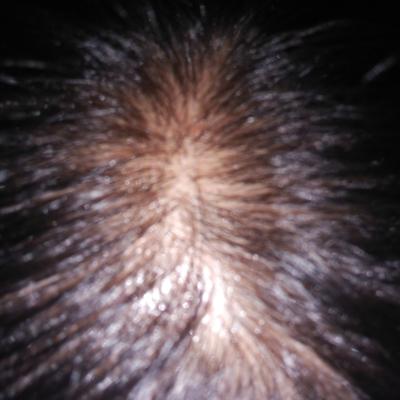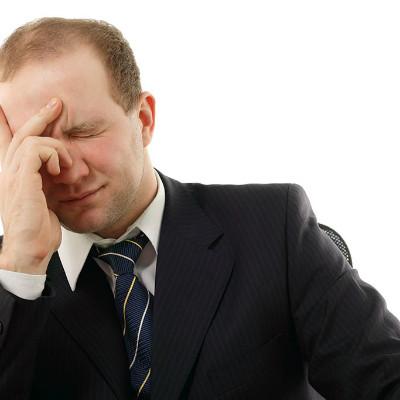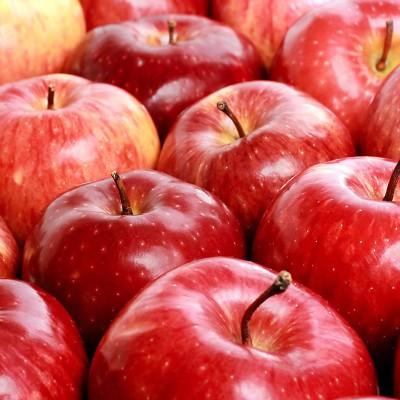What does psoriasis begin to look like
summary
When I was a child, I had psoriasis. I had a rash the size of mung bean on my body. Then as long as I didn't apply any medicine, the rash would get bigger and the symptoms would be serious. Many people's skin will be damaged to a certain extent. Next, I'll tell you what psoriasis looks like at the beginning?
What does psoriasis begin to look like
First: psoriasis is a common chronic inflammatory skin disease with characteristic skin lesions and easy to relapse. At the beginning, it was an inflammatory red papule, about the size of millet to mung bean, and then gradually expanded or fused into a brownish red plaque with clear boundary, inflammatory halo around, obvious basal infiltration, and covered with multiple layers of dry gray or silver white scales.

Second: gently scrape off the surface scales, gradually exposing a layer of light red shiny translucent film, called film phenomenon. Then scrape off the film, there will be small bleeding points, known as punctate bleeding phenomenon. White scale, shiny film and punctate hemorrhage are the important characteristics of psoriasis diagnosis, which is called triad. Psoriasis vulgaris lesions from the occurrence to the final regression can be roughly divided into three stages: progressive stage, quiescent stage and degenerative stage.

Third: the shape of skin lesions, drip, coin, map, ring, band, generalized, seborrheic dermatitis, eczema, oyster shell, lichen planus, chronic hypertrophic, verrucous, etc. Most of them are distributed symmetrically on the extended side of scalp and limbs; the nail and mucous membrane can also be invaded, a few can be seen in the armpit and inguinal fold, and palmoplantar rarely occurs.

matters needing attention
Generally speaking, patients with psoriasis at the beginning of the disease when the skin will show some abnormalities, such as will first grow a small red papule, and then there will be a piece of scale. As time goes on, the scales will become thinner and thinner, and finally fall off.

















